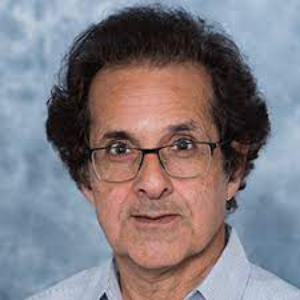Title : Engineered spatiotemporal delivery of morphogens for skeletal regeneration
Abstract:
Osteogenesis and vascularization during bone development are coupled by spatiotemporal regulation of paracrine signaling in which the invading vascular endothelial cells secrete osteogenic morphogens to stimulate cell differentiation and bone formation. Conversely, the differentiating mesenchymal stem cells (MSCs) in the vicinity of the vascular endothelial cells release vasculogenic morphogens to further stimulate vasculogensis for the metabolically highly active osteoblasts. I will demonstrate in the first part of the presentation that timed and localized release of bone morphogenetic protein-2 (BMP2) and vascular endothelial growth factor-165 (VEGF) morphogens using nanogels in a micropatterned co-culture system synergistically enhances the expression of paracrine signaling factors, such as bFGF, and couples osteogenesis to vasculogenesis. Articular cartilage is a multifunctional tissue with a highly organized structure which provides a lubricating surface for the gliding joint and a load bearing matrix attached to the underlying bone. During fetal cartilage tissue development, changes in biochemical, mechanical, and geometrical factors direct the formation of stratified structure of articular cartilage. I will demonstrate in the second part of the presentation that spatial gradients in multiple morphogens recreates the zonal organization of articular cartilage. Acknowledgements: This work was supported by research grants from the US National Science Foundation under grant Nos. DMR1049381, IIP-1357109, and CBET1403545, the US National Institutes of Health under grant No. AR063745, and the Arbeitsgemeinschaft Fur Osteosynthesefragen (AO) Foundation under grant No. C10-44J. Takeaway Notes •New technologies for growth factor delivery •Challenges in protein delivery •Nanoparticle delivery systems •Cell delivery by encapsulation in hydrogels



